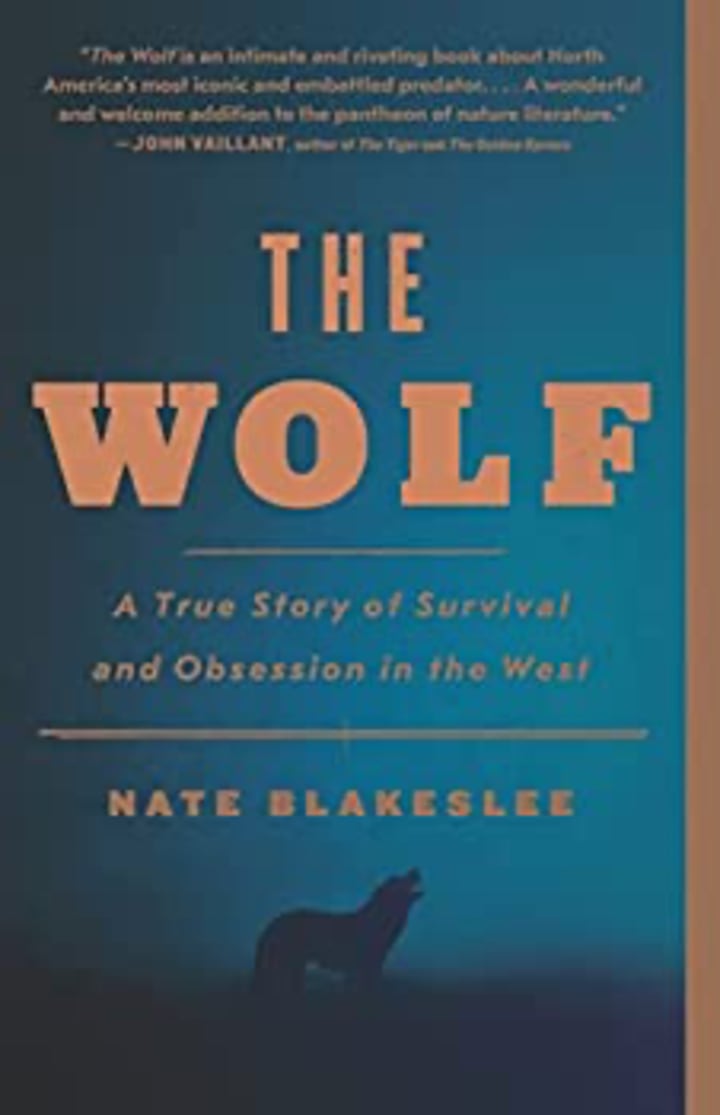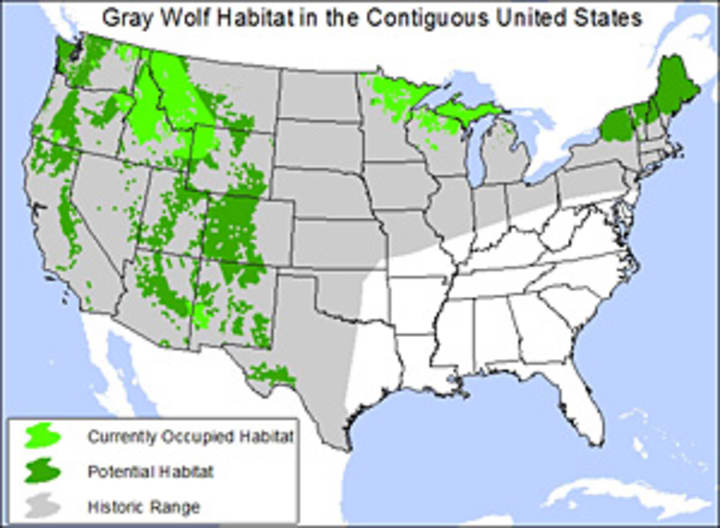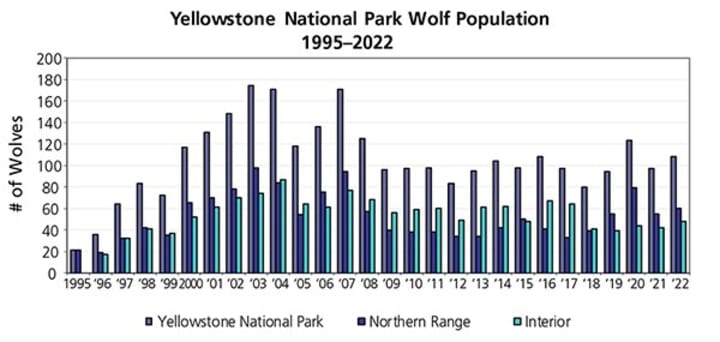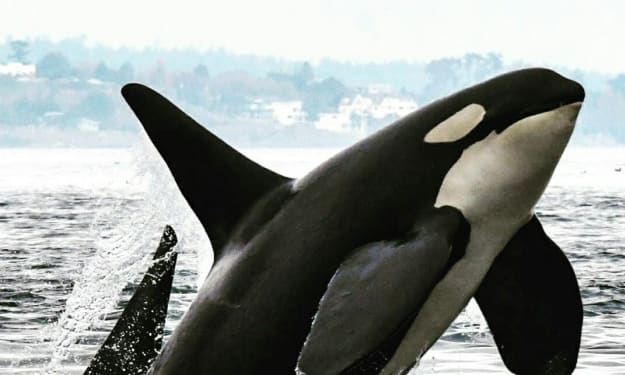
Wolves have been the subject of myth and legends for centuries. They have been seen as all-powerful beings with great knowledge by Native Americans. They believe these animals are courageous and loyal beings that are an important part of Native American life. Wolves are seen as spiritual guides and give great wisdom to the Native American population. Wolves have been a huge part of history.
They coexisted alongside early humans and eventually led to the dogs we know and love today. Wolves have also been seen as scary monsters that harm anyone that comes across them. Think of the boy who cried Wolf or little red riding hood, or the three little pigs. These stories paint wolves as violent and always hungry creatures. Early Europeans who grew up afraid of wolves brought that fear to the new America and that fear led to a near catastrophic destruction of all wolves all over the new world.
The campaign to eradicate wolves began in 1914 and went on until the last two wolf pups of Yellowstone National Park were shot to death in 1926. Farmers shot and trapped wolves in order to get paid for doing so.
Bounty hunters in charge of the capturing and killing of wolves killed up to as many as 100,00 in a single year.
Farmers poisoned their dead animals so the wolves would die off. No one knew the importance of wolves on the environment because all they saw were terrible animals that needed to be removed. Everyone was terrified of these quiet and aloof animals. Farmers put up electric fences, and got livestock guardian dogs to scare wolves off.

Wolves had a large expanse of territories before they were destroyed and forced to move out of those areas they once inhabited. Wolves were feared and everyone wanted wolves to disappear as they killed deer and livestock and were seen as bloodthirsty killers.
The once high-level wolf population was destroyed in a few years' time.
Once a majority of wolves were gone by 1926. The vegetation throughout the wolf's original habitats dwindled significantly the deer and elk populations skyrocketed as the population was no longer kept in check by wolves.
Wolves kept elk on the move and not in one place. Without the wolves to keep the elk moving. The elk degraded the stream ecosystem by eating and damaging the areas. Wolves keeping them moving also keeps them up on higher ground and it allows trees and other greens by the stream to grow.
Wolves also helped stop disease in the deer and elk populations as wolves often go after weak, sick, or elderly animals. Wolves can also help feed other animals, Bears, crows, etc. As well as allow animals such as beavers to able to build dams and live by streams and rivers.
Wolves weren't reintroduced to the U.S. until 1995. A full fifty years after they were nearly eradicated from their habitats. By the early 1990s scientests were beginning to study wolves and their impact on ecosystems.
(such as the wonderful Jim and Jamie Dutcher and their pack known as the Sawtooth wolves. This project shows the world how smart and important wolves are.)
People learned that wolves are generally weary of people and do not attack unless threatened and provoked. Wolves also only kill their prey to eat and survive and according to the USDA in 2014 Wolves killed one-hundred-thrity-six head of cattle or 1 cow out of every 44,853. In Montana, Idaho, and Wyoming. The states where the majority of wild wolves are located
By 1995 a reintroduction to Yellowstone National Park project was done by taking wolves from Canada and transporting them to Yellowstone. The hope was that the wolf population would increase. They released the wolves with radio collars to track the movements of the wolves.
As time went on the wolves had families and expanded out to Wyoming, Montana, and Idaho some of their original stomping grounds. This is only 10% of where they used to be in more than three states.
Wolves were put on the Endangered species list in 1974 and were recently taken off the list in 2020. This means that even with strict wolf-hunting rules. Wolves are now being hunted again and numbers are declining. Despite this people are starting to love wolves and work to try to protect the animals that are so important to the overall environment.
Want to help the Wolves? check out the links
https://www.livingwithwolves.org/who-to-contact/
https://www.livingwithwolves.org/other-resources/suggested-reading/
Want to read more Check out these books
Wolves at our Door Jim and Jamie Dutcher

Wolf Nation By Brenda Peterson

When The Wolves Returned by Dorothy Hinshaw.

American Wolf: A True Story of Survival and Obsession in the West. By Nate Blakesee.









Comments
There are no comments for this story
Be the first to respond and start the conversation.